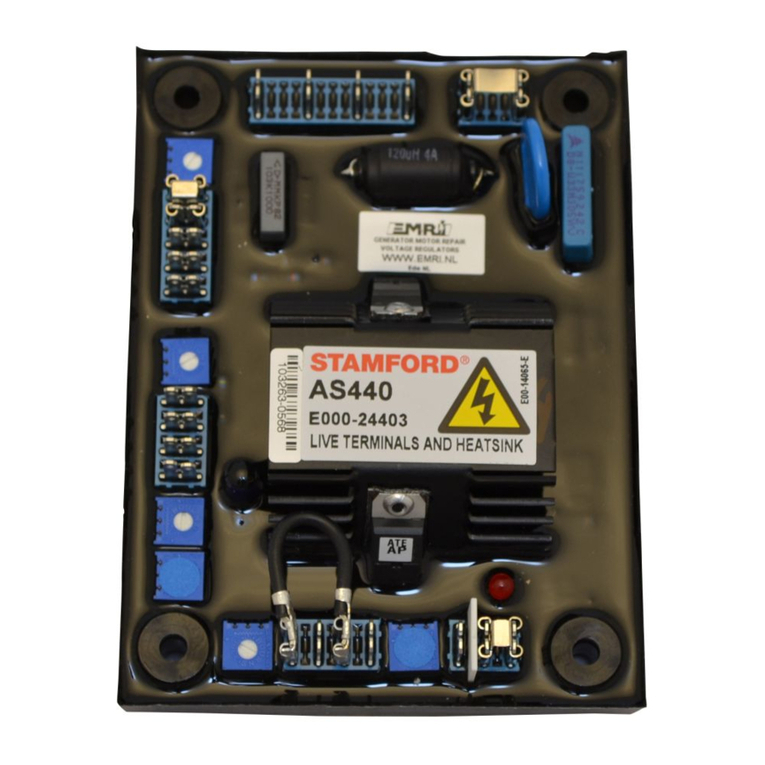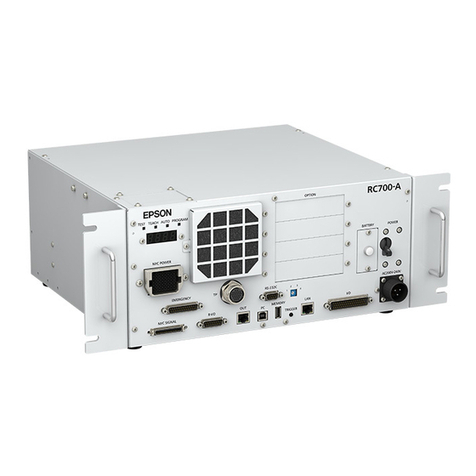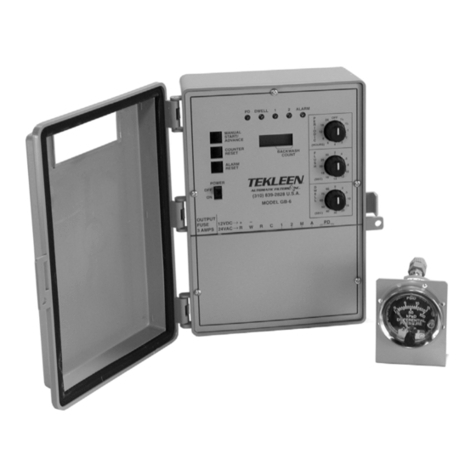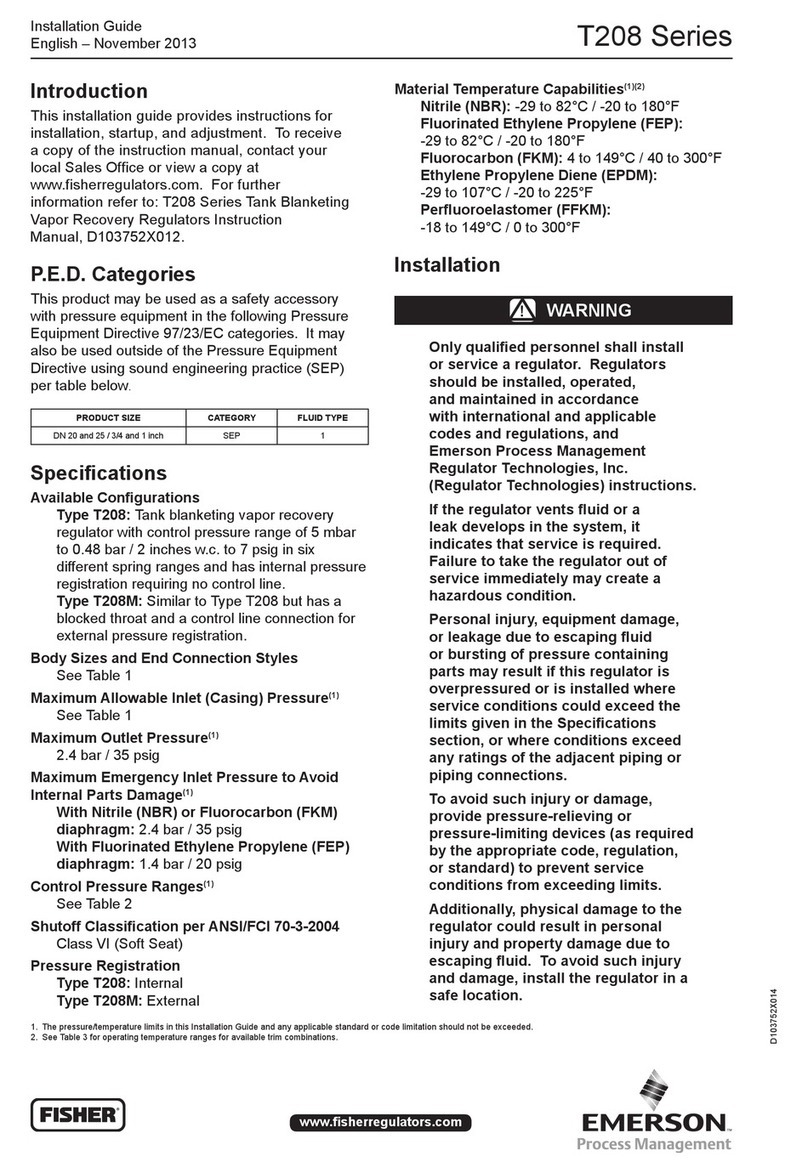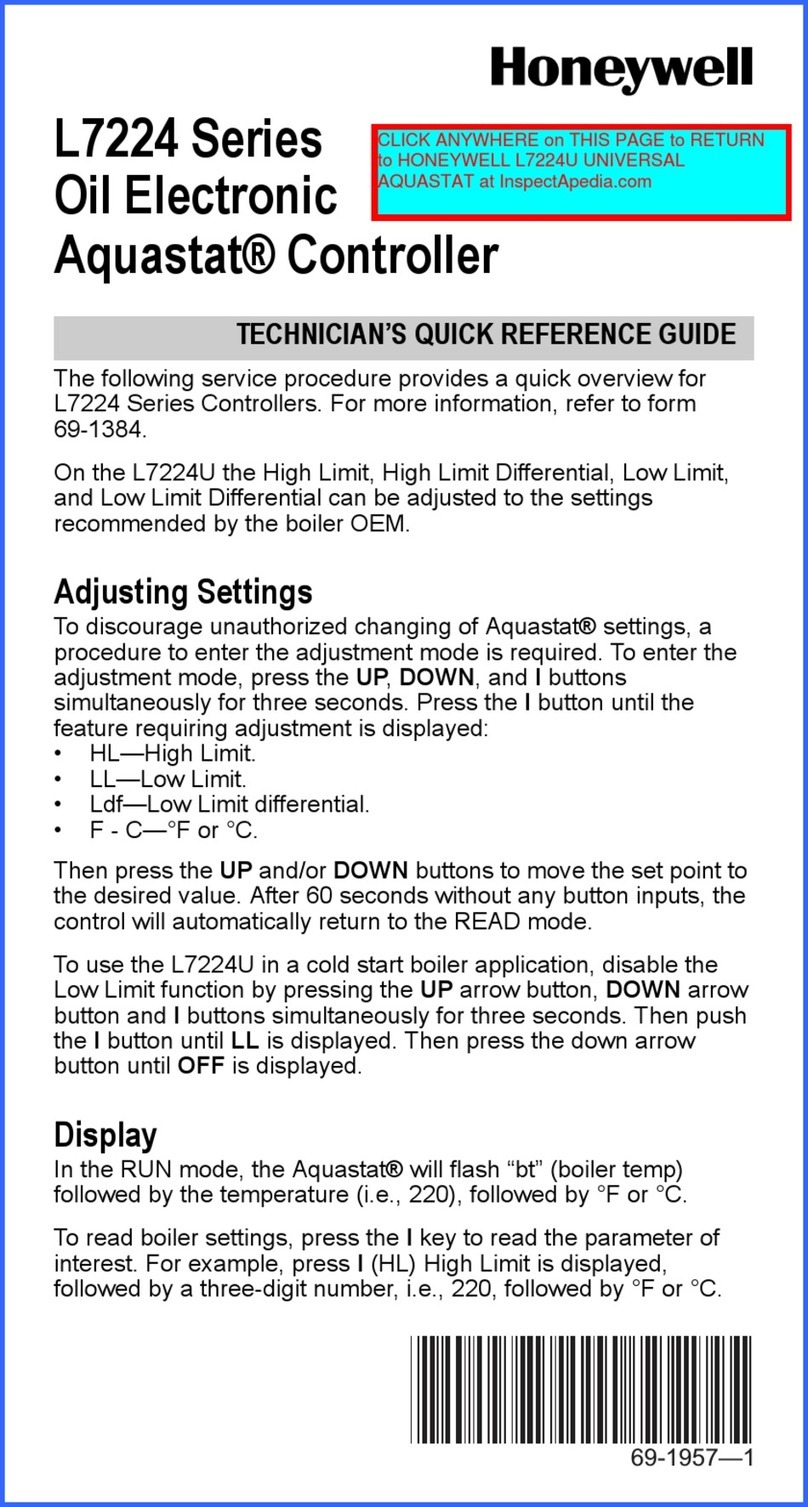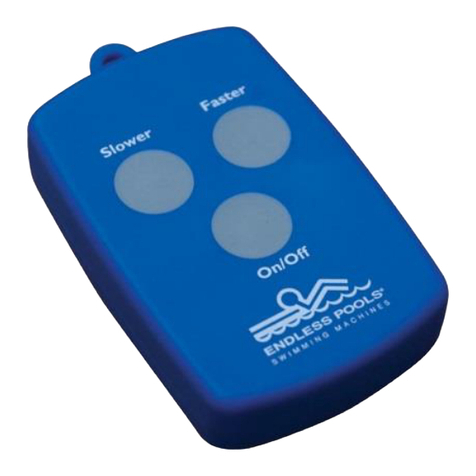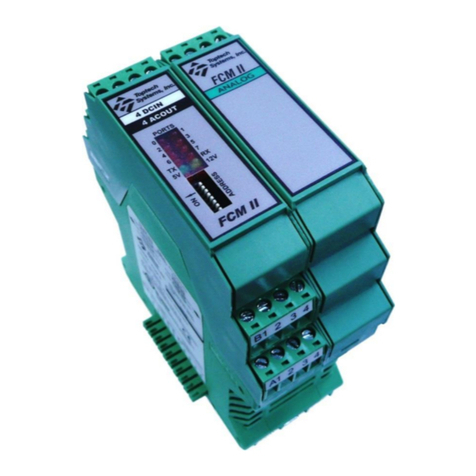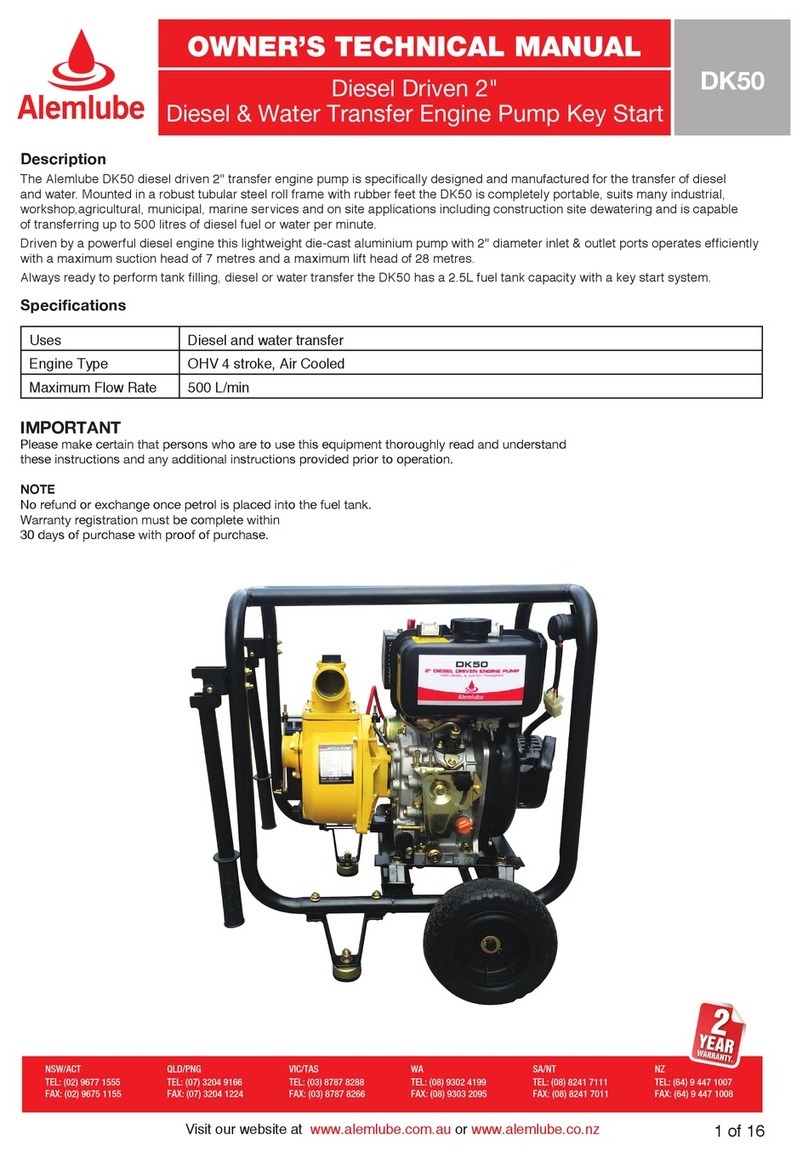Stamford MX341 Guide

MX341 AUTOMATIC VOLTAGE
REGULATOR (AVR)
SPECIFICATION, INSTALLATION AND ADJUSTMENTS
GENERAL DESCRIPTION
The MX341 is a two phase sensed Automatic Voltage
Regulator (AVR) and forms part of the excitation system for a
brushless generator.
In addition to regulating the generator voltage, the AVR
circuitry includes protective features to ensure safe reliable
control of the generator. Excitation power is derived from a
permanent magnet generator (PMG) to guarantee low Radio
Frequency Interference (RFI) and immunity from thyristor type
loads.
The AVR is linked with the main stator windings and controls
the power fed to the exciter stator and hence the main rotor to
maintain the machine output voltage within the specified
limits, compensating for load, speed, temperature and power
factor of the generator.
Soft start circuitry is included to provide a smooth controlled
build up of generator output voltage.
A frequency measuring circuit continually monitors the shaft
speed of the generator and provides underspeed protection of
the excitation system by reducing the generator output
voltage proportionally with speed below a presettable
threshold. A further enhancement of this feature is an
adjustable volts/Hz slope to improve frequency recovery time
on turbo charged engines.
Uncontrolled over excitation is limited to a safe period by
internal shutdown of the AVR output device. This condition
remains latched until the generator has been stopped.
Provision is made for the connection of a remote voltage
trimmer allowing the user fine control of the generator's
output.
Accessories are available for this AVR. Please refer to factory
for further details.
TECHNICAL SPECIFICATION
SENSING INPUT
Voltage 170-250 V ac max
Frequency 50-60 Hz nominal
Phase 2
Wire 2
POWER INPUT (PMG)
Voltage 140-220 V ac
Current 3 A/phase
Frequency 100-120 Hz nominal
Phase 3
Wire 3
OUTPUT
Voltage max 120 V dc
Current continuous 2.7 A
Transient 6 A for 10 seconds
Field Resistance 15 Ω minimum
REGULATION (See Note 1) +/- 1%
THERMAL DRIFT
(after 10 min)
1% for 40°C change in AVR ambient
SOFT START RAMP TIME
3 seconds
TYPICAL SYSTEM RESPONSE
Field current to 90% 80ms
Machine Volts to 97% 300ms
EXTERNAL VOLTAGE ADJUSTMENT
+/- 6% with 1 K Ω trimmer
UNDER FREQUENCY PROTECTION
Set Point (see note 2) 95% Hz
Slope 100-300% down to 30 Hz
UNIT POWER DISSIPATION
12 watts maximum
ACCESSORY INPUT
+/- 1 V = +/- 5% change in output volts
QUADRATURE DROOP
Maximum sensitivity (10 Ω Burden)
0.07A for 5% droop @ 0p.f.
OVER EXCITATION PROTECTION
Set Point 75 V dc
Time Delay (fixed) 10 seconds
ENVIRONMENTAL
Vibration 20-100Hz 50mm/sec
100Hz-2 kHz 3.3g
Relative Humidity 0-60°C 95%
Operating Temperature -40°C to + 70°C
Storage Temperature -55°C + 80°C
NOTES
1. With 4% engine governing
2. Factory set, semi-sealed, jumper selectable.

DESIGN DETAILS
The main functions of the AVR are:
Sensing Resistors take a proportion of the generator output
voltage and attenuate it. This input chain of resistors includes the
range potentiometer and hand trimmer which adjust the generator
voltage. An isolating transformer is included to allow connection
to windings of different polarity and phase. An operational
precision rectifier converts the ac sensing voltage into dc for
further processing.
Quadrature droop circuit converts the current input into a
voltage which is phase mixed with the sensing voltage. The result
is a net increase in the output from the sensing network as the
power factor lags, causing the reduction in excitation needed for
reactive load sharing of paralleled generators.
A trimmer allows control over the amount of droop signal.
Offset Control provides an interface between the AVR and
accessories.
Power Supply components consist of zener diodes, dropper
resistors and smoothing to provide the required voltages for the
integrated circuits.
Precision voltage reference is a highly stable temperature
compensated zener diode for dc comparison.
Soft Start circuit overrides the precision voltage reference
during run-up to provide a linear rising voltage.
Main Comparator/Amplifier compares the sensing voltage to
the reference voltage and amplifies the difference (error) to
provide a controlling signal for the power device.
Stability circuit provides adjustable negative ac feedback to
ensure good steady state and transient performance of the
control system.
Power Control Driver controls the conduction period of the
output device. This is achieved by pedestal and ramp control
followed by a level detector and driver stage.
Power Control devices and rectifier vary the amount of exciter
field current in response to the error signals produced by the main
comparator.
Synchronising circuit provides a short pulse near the zero point
of one of the phases on the PMG and is used to synchronise the
Under Frequency Roll Off (UFRO) and power control circuits to
the generator cycle period.
UFRO circuit measures the period of each electrical cycle and
reduces the reference voltage linearly with speed below a
presettable threshold. A light emitting diode (LED) gives
indication of underspeed.
Engine Relief (load acceptance) circuit causes greater voltage
roll off (makes the volts/Hz slope steeper) to aid engine speed
recovery after application of a "block" load.
Overload detector continuously monitors the level of excitation
and provides signals to shut down the output device if overloads
last more than ten seconds. An overload condition produces a
latched fault requiring the generator to be stopped for reset.
PMG
POWER
RECTIFIER
SYNC
CIRCUIT
UFRO
ENGINE
RELIEF
SOFT
START
CIRCUIT EXCITATION
CIRCUIT
BREAKER
(OPTIONAL)
POWER
SUPPLIES
PRECISION
VOLTAGE
REFERENCE
AMPLIFIER
POWER
CONTROL
DRIVER
POWER
CONTROL
DEVICES
OVERLOAD
DETECTOR
+ INHIBIT
STABILITY
CIRCUIT
EXCITER
STATOR
OFFSET
CONTROL
ACCESSORY
INPUT
GENERATOR
VOLTAGE
SENSING
REMOTE
VOLTAGE
TRIMMER
CURRENT
INPUT
SENSING
RESISTORS
DROOP
ISOLATION +
AVERAGE
CONVERTER

FITTING AND OPERATING
SUMMARY OF AVR CONTROLS
CONTROL FUNCTION DIRECTION
VOLTS TO ADJUST GENERATOR OUTPUT VOLTAGE CLOCKWISE INCREASES OUTPUT VOLTAGE
STABILITY TO PREVENT VOLTAGE HUNTING CLOCKWISE INCREASES STABILITY OR DAMPING EFFECT
UFRO TO SET UNDER FREQUENCY ROLL OFF KNEE POINT CLOCKWISE REDUCES THE KNEEPOINT FREQUENCY
DROOP TO SET GENERATOR OR DROOP TO 5% AT FULL LOAD 0 PF CLOCKWISE INCREASES THE DROOP
V/TRIM TO MATCH AVR INPUT TO ACCESSORY OUTPUT CW. ALLOWS THE ACCESSORY MORE CONTROL OVER AVR
EXC TRIP TO SET THE OVEREXCITATION CUT OFF LEVEL CLOCKWISE INCREASES THE CUT OFF LEVEL
DIP TO SET THE INITIAL FREQUENCY RELATED VOLTAGE DIP CLOCKWISE INCREASES THE VOLTAGE DIP
The AVR is fully encapsulated to ensure long trouble-free
operation. It is usually fitted on a panel of the terminal box. It
can also be separately fitted in a switchboard.
ADJUSTMENT OF AVR CONTROLS
VOLTAGE ADJUSTMENT
The generator output voltage is set at the factory, but can be
altered by careful adjustment of the volts control on the AVR
board, or by the external hand trimmer if fitted. Terminals 1 &
2 on the auxiliary terminal block in the generator terminal box
will be fitted with a shorting link if no hand trimmer is required.
Do not increase the voltage above the
rated generator voltage. If in doubt, refer
to the rating plate mounted on the
generator case.
If a replacement AVR has been fitted or re-setting of the
VOLTS adjustment is required, proceed as follows:-
1) Before running generator, turn VOLTS control fully anti-
clockwise.
2) Turn remote volts trimmer (if fitted) to midway position.
3) Turn STABILITY control to midway position.
4) Connect a suitable voltmeter (0-300V ac) across line to
neutral of the generator.
5) Start generator set, and run on no load at nominal
frequency e.g. 50-53Hz or 60-63Hz.
6) If the red Light Emitting Diode (LED) is illuminated, refer
to the Under Frequency Roll Off (UFRO) adjustment.
7) Carefully turn VOLTS control clockwise until rated voltage
is reached.
8) If instability is present at rated voltage, refer to stability
adjustment, then re-adjust voltage if necessary.
9) Voltage adjustment is now completed.
A separate 3 Phase Sensing unit is
needed. Do not connect as shown
unless a 3 Phase Sensing unit is
fitted. (See sheet 5515)

STABILITY ADJUSTMENT
The AVR includes a stability or damping circuit to provide
good steady state and transient performance of the generator.
The correct setting can be found by running the generator at
no load and slowly turning the stability control anti-clockwise
until the generator voltage starts to become unstable.
The optimum or critically damped position is slightly clockwise
from this point (i.e. where the machine volts are stable but
close to the unstable region).
OPTIMUM RESPONSE SELECTION
The "jumper" selector lead should be correctly linked (A,B,C
at the bottom of the board) for the frame size of the generator
(See diagram).
UNDER FREQUENCY ROLL OFF (UFRO) ADJUSTMENT
The AVR incorporates an underspeed protection circuit which
gives a volts/Hz characteristic when the generator speed falls
below a presettable threshold known as the "knee" point.
The correct linking must first be set with "jumper" lead for 4 or
6 pole, 50 or 60Hz operation (see diagram).
The red Light Emitting Diode (LED) gives indication that the
UFRO circuit is operating.
The UFRO adjustment is preset and sealed at the works and
only requires the selection of 50/60Hz using the jumper link.
Adjustment of the UFRO control will be necessary if the unit is
used on a 6 pole machine to replace an earlier AVR type.
For optimum setting, the LED should illuminate as the
frequency falls just below nominal, i.e. 47Hz on a 50Hz
system or 57Hz on a 60Hz system.
If the red LED is illuminated and no output voltage is present,
refer to Over Excitation adjustment.
DIP ADJUSTMENT
The 'DIP' adjustment allows some control over the generator
voltage dip upon the application of load.
This feature is mostly used when the generator is coupled to
turbo-charged engines with limited block load acceptance,
and operates only when the speed is below the UFRO knee
point (LED illuminated).
With the 'DIP' control fully anti-clockwise the generator
voltage characteristics will follow the normal V/Hz line as the
frequency falls below nominal.
With a more clockwise setting, the slope of the V/Hz line will
be increased until the rate of engine falling speed recovers.
Turning the 'DIP' control clockwise provides greater voltage
dip allowing easier engine recovery.
DROOP ADJUSTMENT
Generators intended for parallel operation are fitted with a
quadrature droop C.T. which provides a power factor
dependent signal for the AVR. The C.T. is connected to S1,
S2 on the AVR.
The DROOP adjustment is normally preset in the works to
give 5% voltage droop at full load zero power factor (cos Ø).
Clockwise increases the amount of C.T. signal injected into
the AVR and increases the droop with lagging power factor.
If a three phase sensing unit is fitted, droop adjustment is
made on this seperate unit.
With the control fully anti-clockwise there is no droop.
TRIM ADJUSTMENT (V/TRIM)
An auxiliary input is provided to connect to the VPF controller,
(A1,A2). It is designed to accept dc signals up to +/- 5 volts.
The dc signal on this input adds to or subtracts from the AVR
sensing circuit, depending on polarity.
The V/Trim control allows the user to adjust the sensitivity of
the VPF controller.
With V/Trim fully anti-clockwise the VPF controller has no
effect. Clockwise it has maximum effect. Normal setting is
fully clockwise.
OVER EXCITATION (EXC TRIP) ADJUSTMENT
The adjustment is set and sealed in the works and should not
be altered.
An over excitation condition is indicated on the common red
LED which also indicates underspeed running.
The generator must be stopped to reset an over excitation
trip.
TD_MX341.GB_09.02_01
PO Box 17 • Barnack Road • Stamford • Lincolnshire • PE9 2NB
Tel: 00 44 (0)1780 484000 • Fax: 00 44 (0)1780 484100
Website: www.newage-avkseg.com
© 2002 Newage International Limited.
Reprinted with permission of N.I. only.
Printed in England.
Other Stamford Controllers manuals
Popular Controllers manuals by other brands
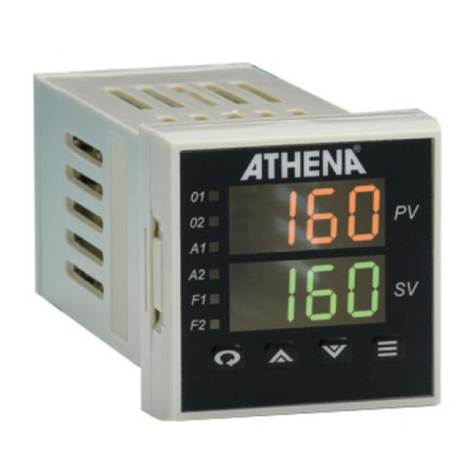
Athena
Athena SERIES 16 Operation manual

GOK
GOK ES2000 Assembly and operating instructions
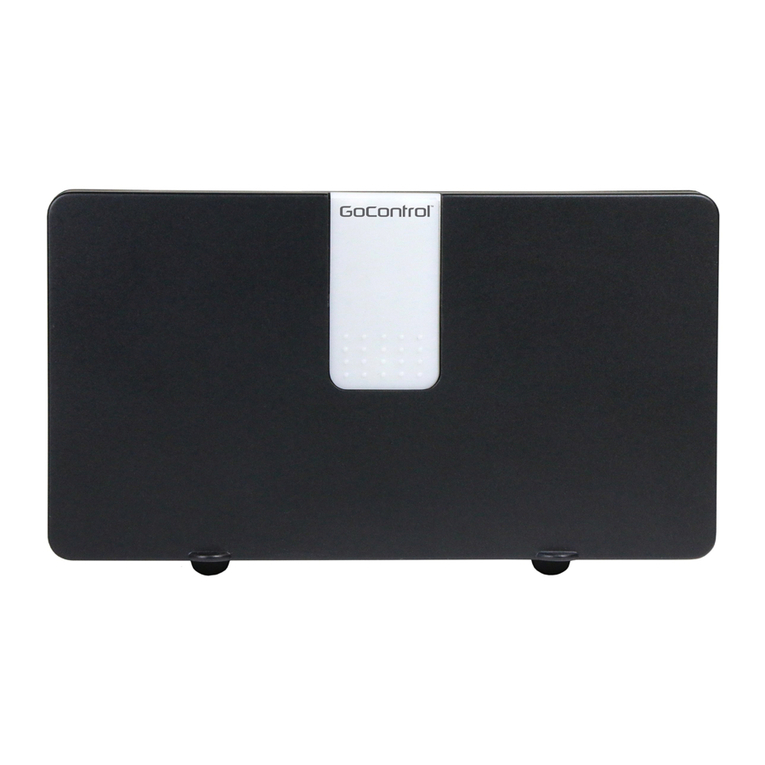
Nortek Security & Control
Nortek Security & Control GoControl WI15VZ-1 instructions
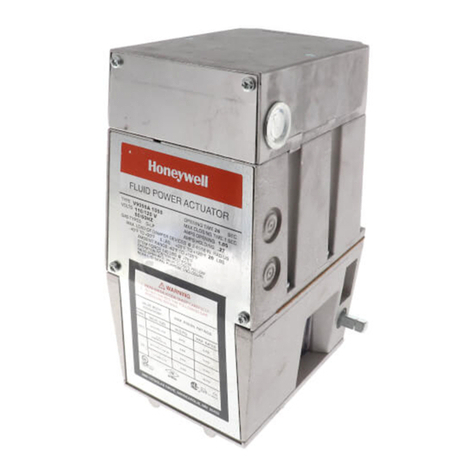
Honeywell
Honeywell V9055A manual
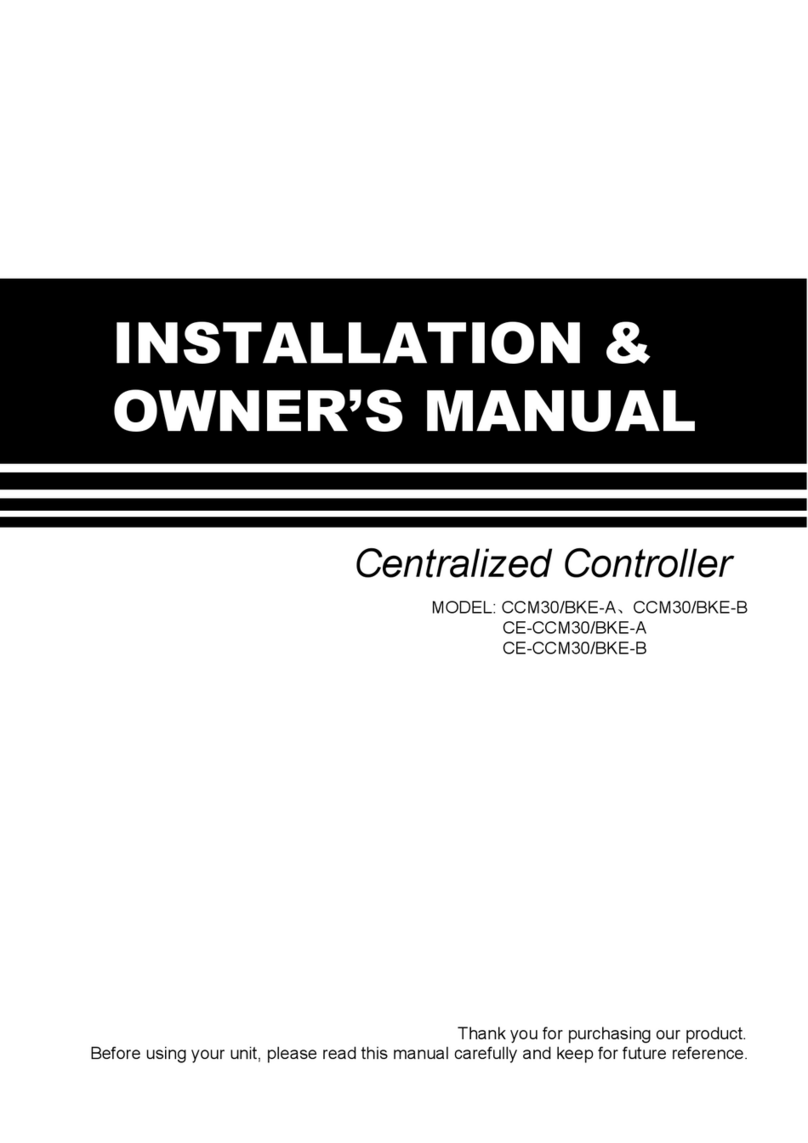
Airwell
Airwell CCM30/BKE-A Installation & owner's manual
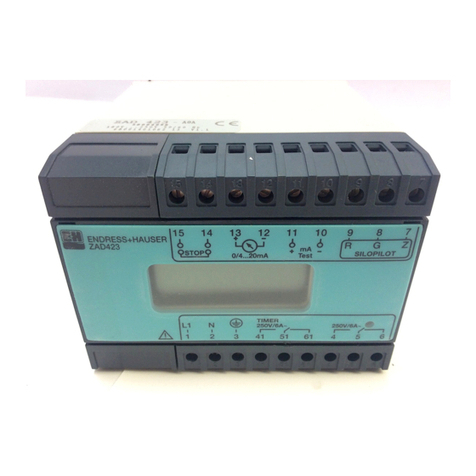
Endress+Hauser
Endress+Hauser ZAD 423 operating instructions

